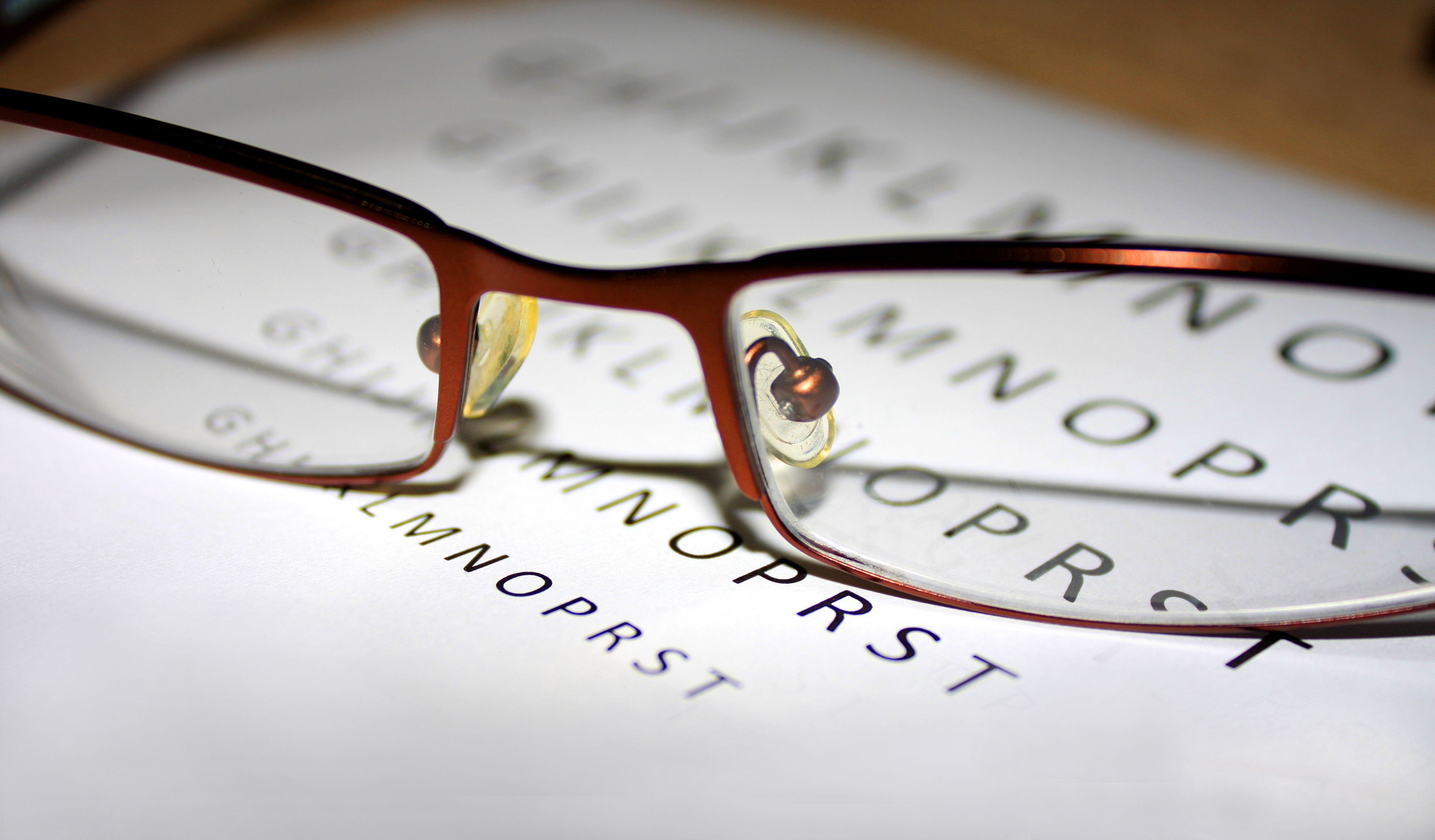Video
Teleophthalmology Is Here Today, but Insurance Coverage, Reimbursement Will Change
Author(s):
Insurance reimbursement for teleophthalmology services is not consistent among populations and only recently received a boost due to flexibilities allowed during the pandemic, said Parisa Emami-Naeini, MD, MPH, assistant professor of ophthalmology at University of California, Davis, and vitreoretinal surgeon and uveitis specialist at UC Davis Eye Center.
Insurance reimbursement for teleophthalmology services is not consistent among populations, and only recently received a boost due to flexibilities allowed during the pandemic, said Parisa Emami-Naeini, MD, MPH, assistant professor of ophthalmology at University of California, Davis, and vitreoretinal surgeon and uveitis specialist at UC Davis Eye Center.
Transcript
Your study of remote retinal imaging during the pandemic found “inconsistent insurance coverage for teleophthalmology services.” Can you explain what that means?
We did a regression analysis and adjusted for all the baseline characteristics of the beneficiaries, and we found that insurance reimbursement of teleophthalmology services was lower among older individuals—individuals aged 65 years and older—beneficiaries with Medicare Advantage plans, enrollees with lower household income, and African American individuals. This was interesting to us, because a lot of these individuals, like older individuals or racial minorities, are the ones who actually benefit the most from these services. And lower reimbursement of services among these individuals means that these beneficiaries cannot use these services as often as the other beneficiaries or the other enrollees.
By the end of 2020, insurance coverage for remote retinal imaging had largely returned to prepandemic levels. When the public health emergency ends, do you expect to see a further decline?
At the beginning of the pandemic, a lot of the restrictions in telehealth were lifted to encourage social distancing and decrease the number of nonessential in-person medical visits. However, a lot of these changes are temporary, and will likely end later this year and after the end of the public health emergency, or PHE period, although a 151-day post-PHE extension was recently instituted on many of the telehealth flexibilities.
With the recent advancements in teleophthalmology and remote eye screenings in diabetic individuals and with improvements in quality of the cameras that we have, and also with the advancements of artificial intelligence in reading these images, teleophthalmology is here to stay. But we'll have to wait and see how insurance coverage and reimbursements will change over time.
I want to thank my collaborator and partner in crime in this study, Dr Glenn Yiu, who is a vitreoretinal surgeon at UC Davis. He's also the director of the teleophthalmology services at UC Davis.





